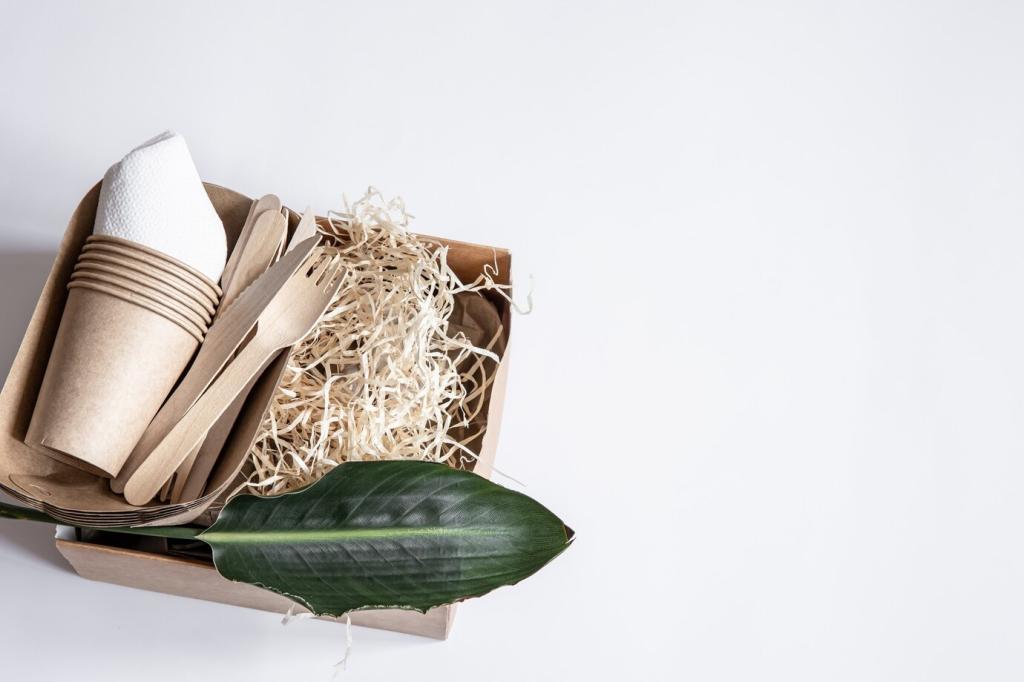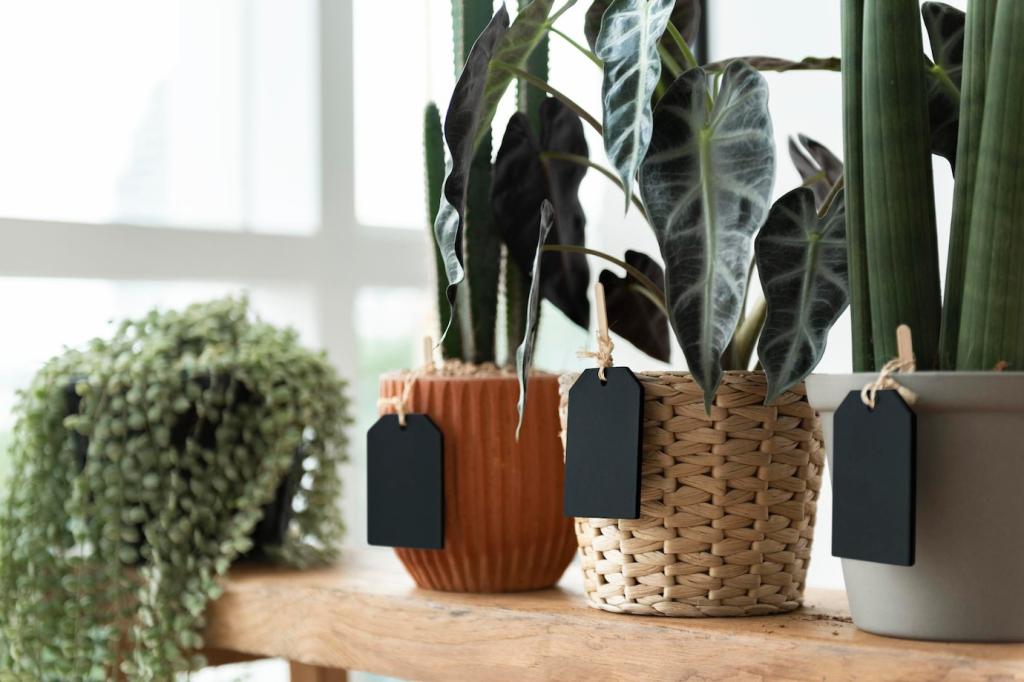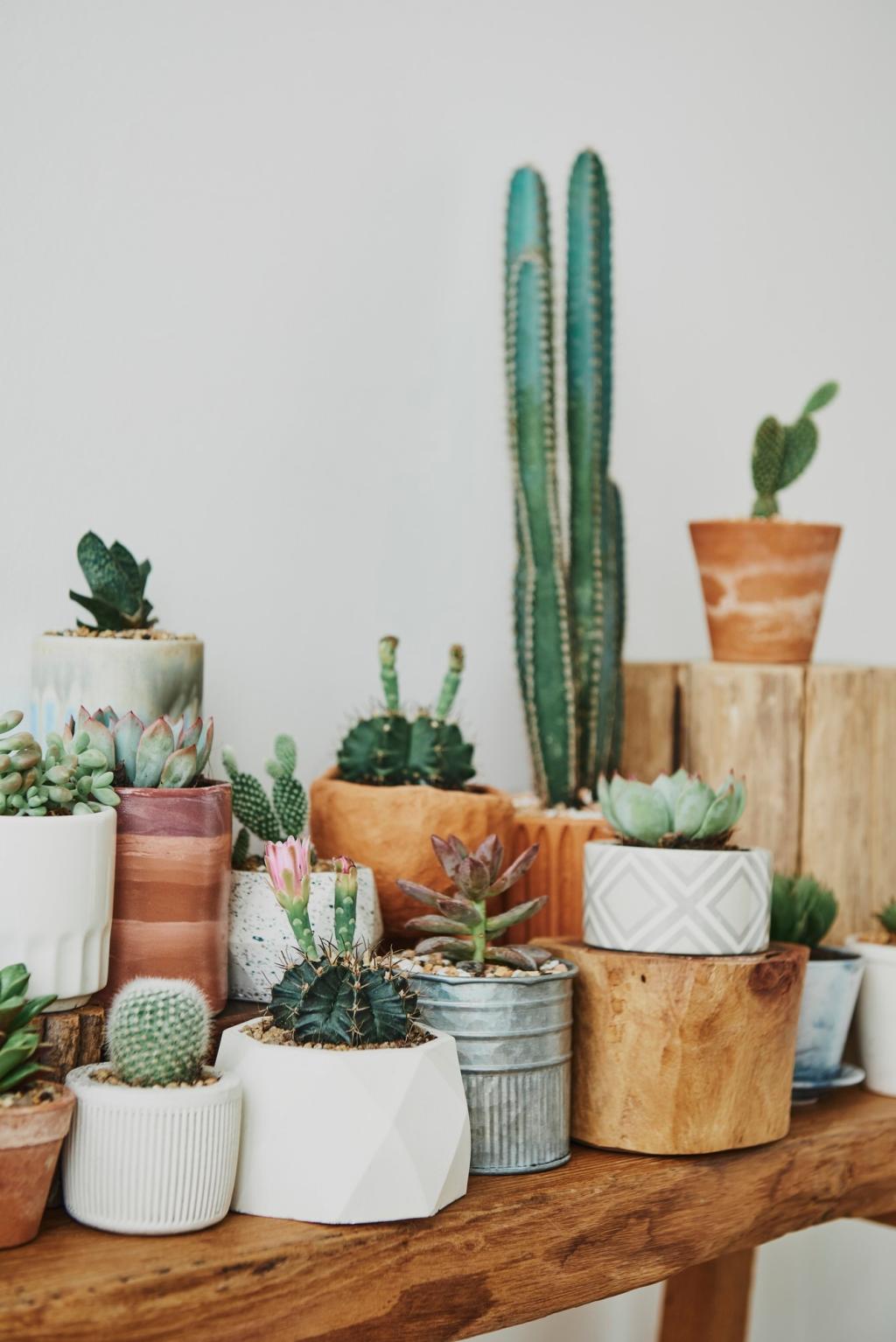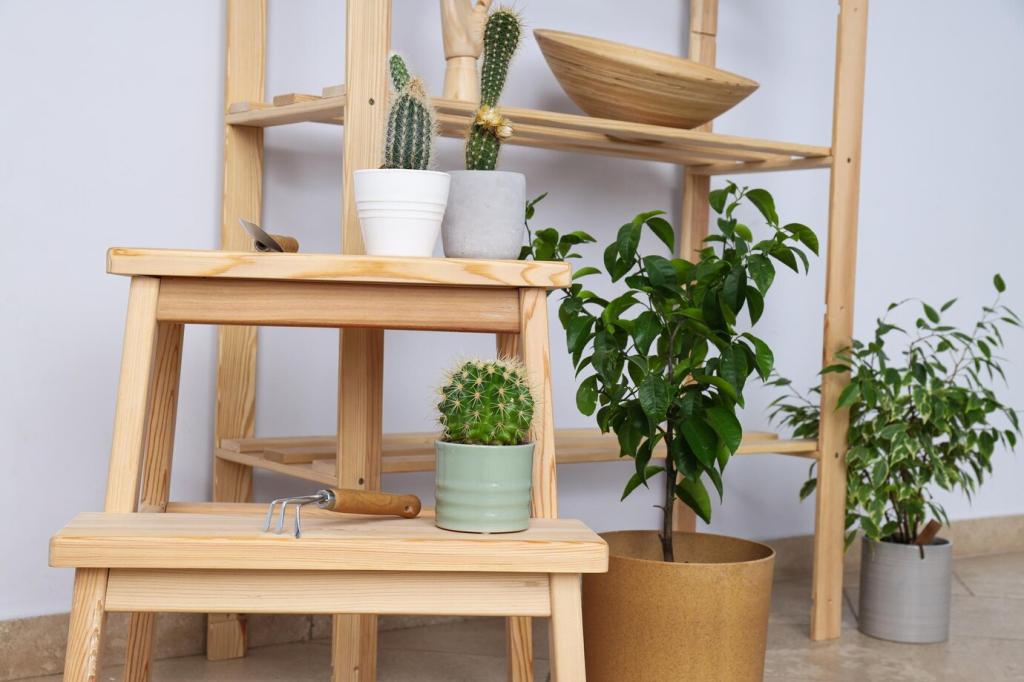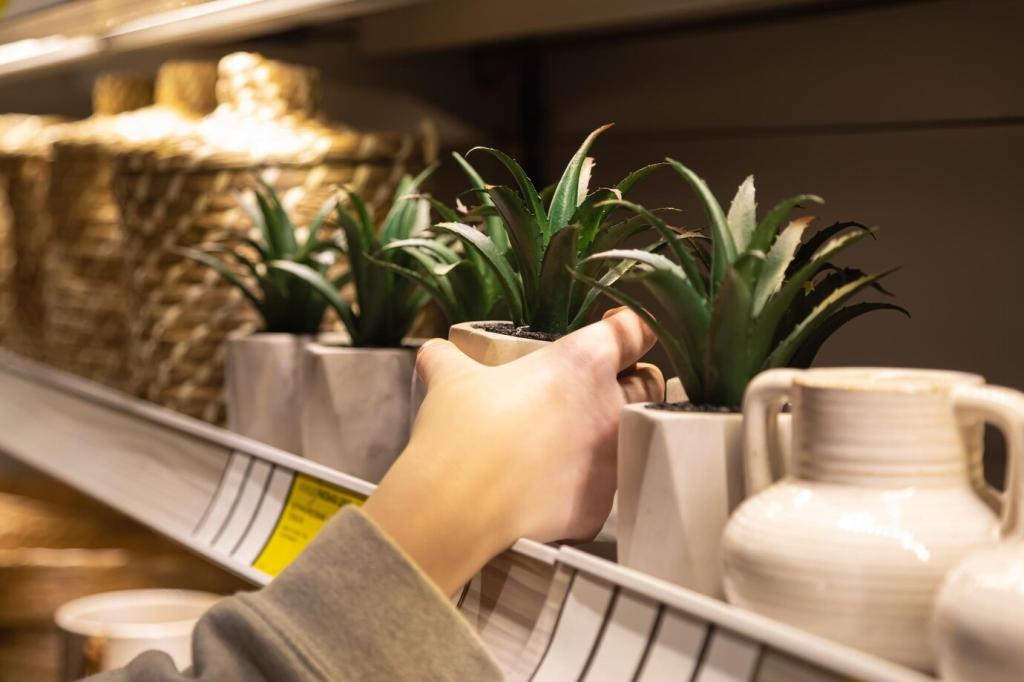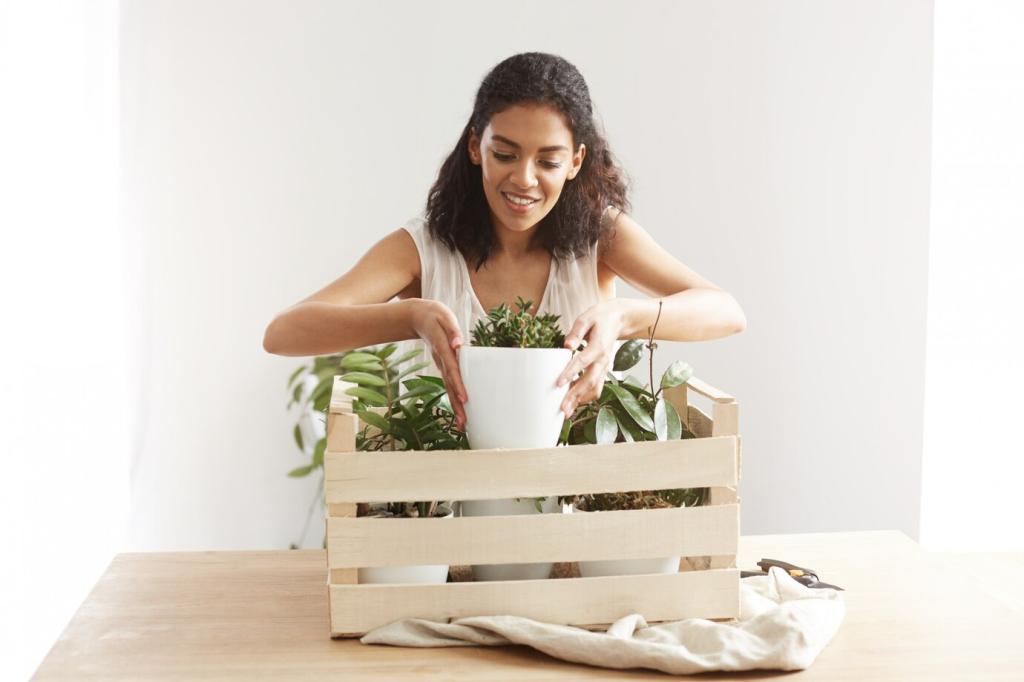Aesthetics of Ecology: Beauty Rooted in Nature
Soft edges, rounded profiles, and plant-like silhouettes connect furniture to the human body and the outdoors. These forms encourage calm and reduce visual clutter. Which organic shape brings you peace at home—a pebble coffee table, a leaf-like chair? Post a photo or sketch for inspiration.
Aesthetics of Ecology: Beauty Rooted in Nature
Pigments derived from minerals and plants create gentle palettes that age with grace. Finishes that show grain, knots, and tool marks celebrate craft over gloss. Tell us about a surface you love to touch daily—how does it change with light, seasons, and routine care?

